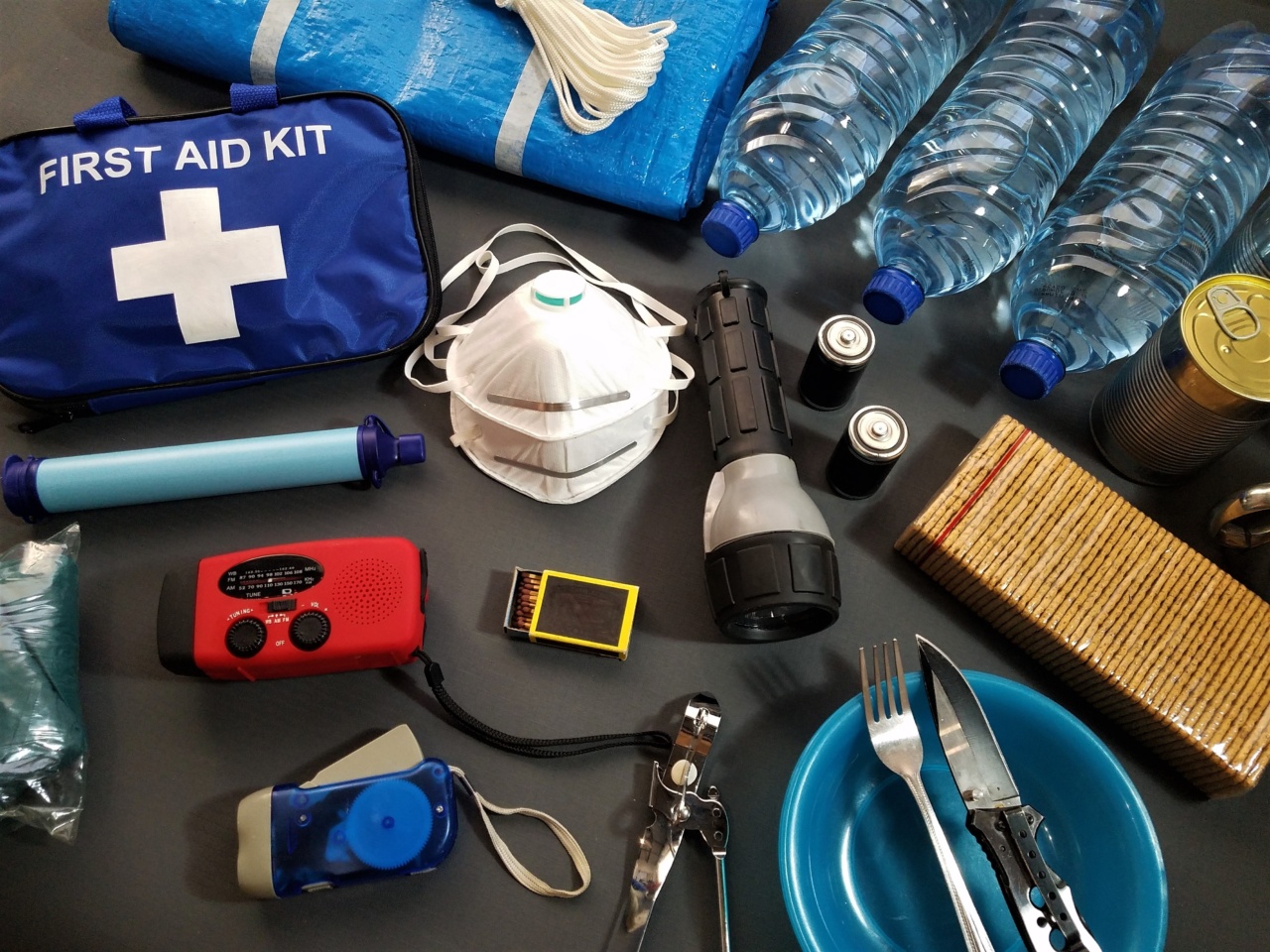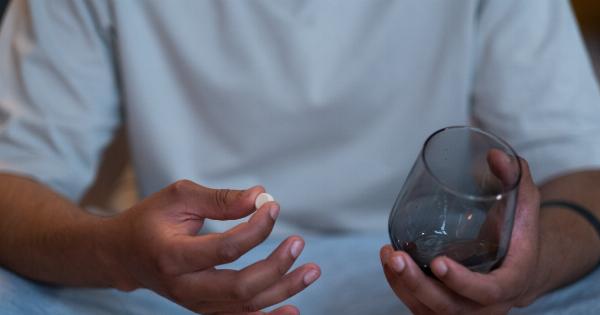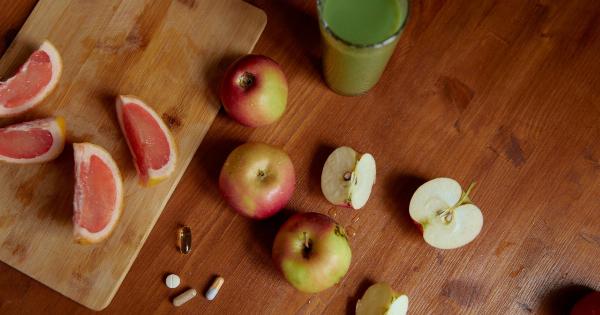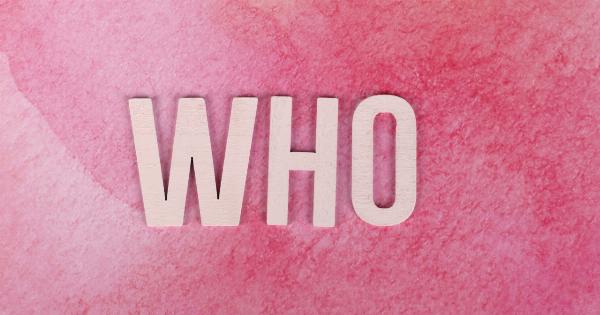When it comes to taking medications, it is crucial to be aware of potential interactions with the foods we consume. Certain food and medicine combinations can be dangerous and even life-threatening.
While most medications are safe to take with a variety of foods, some combinations can interfere with the effectiveness of the medication or lead to adverse reactions. It is important to consult with healthcare professionals and read medication labels to understand the potential risks associated with consuming certain foods while on medication.
This article highlights some common dangerous food and medicine combinations to keep in mind.
1. Grapefruit and Certain Medications
Grapefruit and grapefruit juice are known to interfere with the activity of certain medications in the body. This is because grapefruit contains compounds that inhibit the enzymes responsible for breaking down many drugs.
As a result, the concentration of the medication in the body can increase, leading to an overdose or adverse effects.
Medications that can interact with grapefruit include certain cholesterol-lowering drugs (e.g., statins), immunosuppressants, some anti-anxiety medications, and certain antihistamines.
It is essential to carefully read medication labels and consult with a healthcare professional to determine whether grapefruit or grapefruit juice should be avoided while taking specific medications.
2. High-Fat Foods and Fat-Soluble Medications
Some medications, such as certain vitamins and antibiotics, are classified as fat-soluble. This means that they are absorbed and transported in fat and require the presence of fat for proper absorption.
Consuming high-fat foods can enhance the absorption of these medications, but it can also lead to a higher concentration of the drug in the body, potentially resulting in adverse effects.
It is important to be cautious when taking fat-soluble medications, such as vitamins A, D, E, and K, as well as antibiotics like tetracycline and doxycycline.
It is recommended to take these medications either on an empty stomach or with a low-fat meal, as recommended by healthcare professionals.
3. Alcohol and Sedatives
Alcohol is a central nervous system depressant, and when combined with sedative medications, it can have an additive effect.
Drinking alcohol while on sedatives can intensify the sedative effects, leading to excessive drowsiness, impaired judgment, and coordination problems. The combination can also increase the risk of respiratory depression, which can be life-threatening.
Medications that have sedative effects include tranquilizers, sleeping pills, antianxiety medications, certain antidepressants, and antipsychotics.
It is crucial to avoid consuming alcohol when taking these medications to prevent unwanted and potentially dangerous side effects.
4. Tyramine-Rich Foods and Certain Antidepressants
Tyramine is a compound found in various aged, fermented, or spoiled foods. It can cause dangerous interactions when combined with monoamine oxidase inhibitors (MAOIs), a type of antidepressant medication.
MAOIs inhibit the enzyme responsible for breaking down tyramine, leading to a sudden increase in blood pressure, which can result in a hypertensive crisis.
Foods that are high in tyramine include aged cheeses, cured meats, fermented soy products, sauerkraut, certain wines, and overripe fruits.
It is important for individuals taking MAOIs to avoid or limit the consumption of these foods to prevent potentially life-threatening complications.
5. Dairy Products and Antibiotics
While dairy products are generally safe to consume, certain antibiotics can interact with calcium found in dairy foods, making the antibiotics less effective or preventing proper absorption.
Calcium can bind to the antibiotics, forming insoluble complexes that are poorly absorbed by the body.
It is recommended to separate the intake of dairy products from antibiotics by a few hours to avoid this interaction. This allows sufficient time for the antibiotics to be properly absorbed before consuming dairy products.
However, it is essential to follow the instructions provided by healthcare professionals, as some antibiotics may have different instructions regarding dairy consumption.
6. Caffeine and Stimulant Medications
Combining caffeine with stimulant medications can lead to increased heart rate and blood pressure.
Stimulant medications, such as those used to treat attention-deficit/hyperactivity disorder (ADHD), already increase heart rate and blood pressure as part of their therapeutic effect. Consuming caffeine further intensifies these effects and can potentially lead to cardiovascular problems.
Caffeine is found in various beverages and foods, including coffee, tea, energy drinks, chocolate, and some medications. It is crucial to check medication labels and be mindful of caffeine intake while on stimulant medications.
7. Foods Rich in Vitamin K and Blood Thinners
Vitamin K plays a vital role in blood clotting, and for individuals taking blood thinning medications, such as warfarin (Coumadin), it is essential to maintain a consistent intake of vitamin K.
Foods high in vitamin K, such as leafy greens (e.g., kale, spinach) and certain vegetables (e.g., broccoli, Brussels sprouts), can affect the medication’s efficacy.
While it is not necessary to completely avoid vitamin K-rich foods, it is important to maintain a consistent intake and work closely with healthcare professionals to adjust medication dosages as needed.
Regular monitoring of clotting factors is also crucial for individuals on blood thinners.
8. High-Sodium Foods and Blood Pressure Medications
High-sodium diets can lead to increased blood pressure, and for individuals taking blood pressure medications, it is essential to be mindful of sodium intake.
Consuming excessive amounts of sodium while on blood pressure medications can reduce their effectiveness.
It is important to read food labels carefully and opt for low-sodium alternatives whenever possible. Avoiding processed and fast foods, which tend to be high in sodium, can also be beneficial for individuals on blood pressure medications.
9. Licorice and Certain Medications
Licorice root and licorice-containing products can interact with certain medications, such as those used to treat high blood pressure and heart failure.
Licorice contains a compound called glycyrrhizin, which can cause potassium levels in the body to decrease, leading to electrolyte imbalances.
Individuals taking medications affected by licorice should avoid excessive consumption of licorice candies, licorice tea, and licorice root supplements.
Checking with healthcare professionals regarding licorice intake is crucial to prevent any potential interactions.
10. High-Tyramine Foods and Monoamine Oxidase Inhibitors (MAOIs)
Similar to the interaction mentioned earlier concerning tyramine-rich foods, consuming high-tyramine foods while on MAOIs can lead to an increase in blood pressure.
This can result in a hypertensive crisis, which is characterized by severe headaches, palpitations, and in extreme cases, stroke.
High-tyramine foods include aged cheeses, cured meats, pickled foods, fermented soy products, sauerkraut, and certain alcoholic beverages.
It is crucial for individuals on MAOIs to avoid or restrict the intake of these foods to ensure their safety and well-being.
Conclusion
Awareness of dangerous food and medicine combinations is crucial for maintaining medication effectiveness and preventing potential harm.
Grapefruit, high-fat foods, alcohol, tyramine-rich foods, dairy products, caffeine, foods rich in vitamin K, high-sodium foods, licorice, and high-tyramine foods are some common examples of potential interactions.
It is important to consult with healthcare professionals, carefully read medication labels, and be cautious with food choices while on medication.
This will help avoid adverse reactions, ensure optimal treatment outcomes, and promote overall well-being.






























